In the 1970s, the Palestinian cause attracted the attention and solidarity of leftist movements worldwide. Amid the broader decolonization of Asia and Africa, the Israeli occupation of Palestine and Palestinians’ struggle for their homeland became an international cause célèbre. Especially in the wake of the 1967 war, the Palestinian cause was seen as a struggle for decolonization. This analysis was famously espoused in the 1975 UN resolution decrying Zionism as racism and comparing Israel to apartheid South Africa.
In Iran, revolutionary movements that opposed the authoritarian rule of the US-backed Shah championed the Palestinian cause. They saw Palestine as a shared struggle against Western imperialism. The Shah’s government had developed extensive economic ties with Israel. The Shah’s feared secret police SAVAK received training from both the CIA and Israeli Mossad. Simultaneously, Israel organized tours for Iranian intellectuals in the hope of improving its reputation. Noted Iranian intellectual Jalal Al-e Ahmad, for example, visited Israel as part of a government-funded trip and even wrote a book about the experience.
Revolutionary Marxist organizations like Fadayan-e Khalq in Iran and the Popular Front for the Liberation of Palestine stressed the importance of US support for the survival of both Israel’s and Iran’s regimes. Similar to Oman’s Dhofar revolution, which inspired Iranian leftists to join armed struggle against an ally of the Shah, Iranian militants saw support for Palestinians as a way of furthering their own struggle against the Shah. They emphasized these connections in posters intended to provoke popular support and solidarity, some of which are featured below.
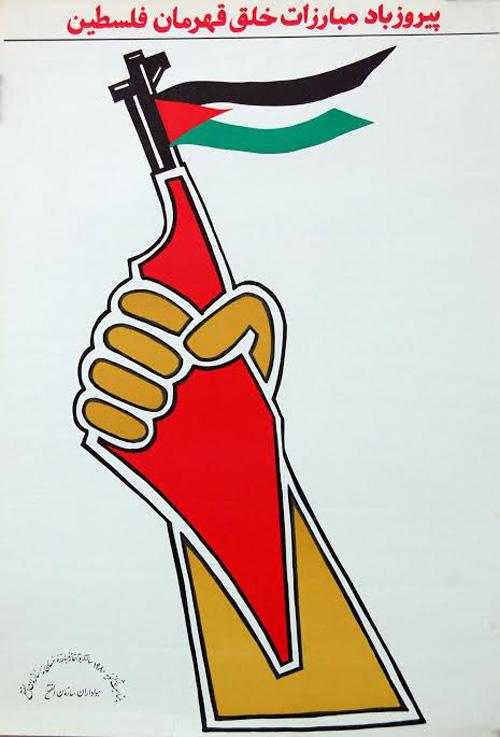

After 1975, Palestinian camps in Lebanon became a meeting place of different Iranian revolutionary factions, including leftist and Islamist activists. They trained in armed struggle in the hope of returning to Iran to overthrow the Shah. Due to the lack of a central government in Lebanon, it emerged as a free space of exchange between radical groups.
Iranian militants often trained in the Beqaa Valley with fighters from Yasser Arafat’s Fatah party. Kurdish Iranian militants also trained with the Kurdish PKK group. As a result of this connection, Fatah also issued posters in solidarity with the Iranian struggle against the Shah.

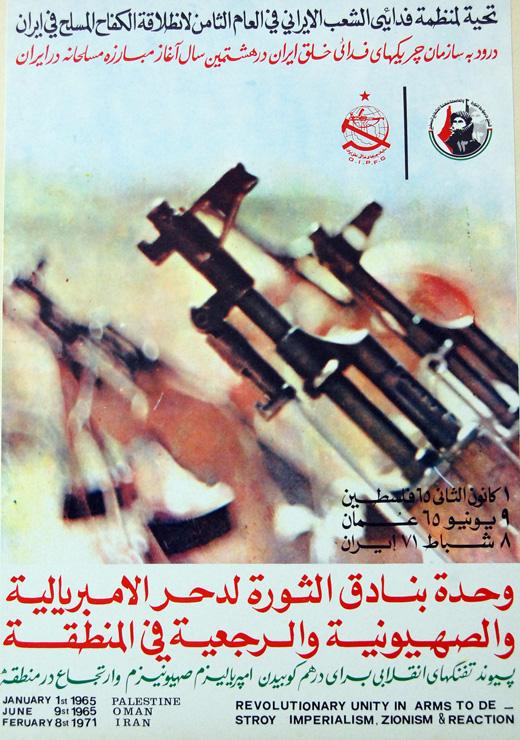
The Shah of Iran’s regime fell in 1979 after months of popular protest. In the end, there was little need for sustained armed struggle. After his fall, diverse factions across Iran continued championing the Palestinian cause. Days after the Shah’s fall, Yasser Arafat visited Tehran and declared Iran his “second home.”
Revolutionary authorities invited Yasser Arafat to take over the Israeli embassy and turn it into an embassy of the Palestine Liberation Organization, and streets across the country were renamed after Palestine and Jerusalem (Qods).
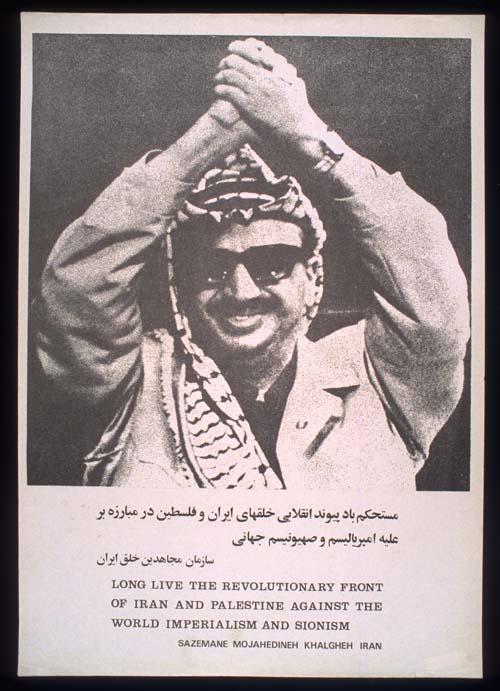
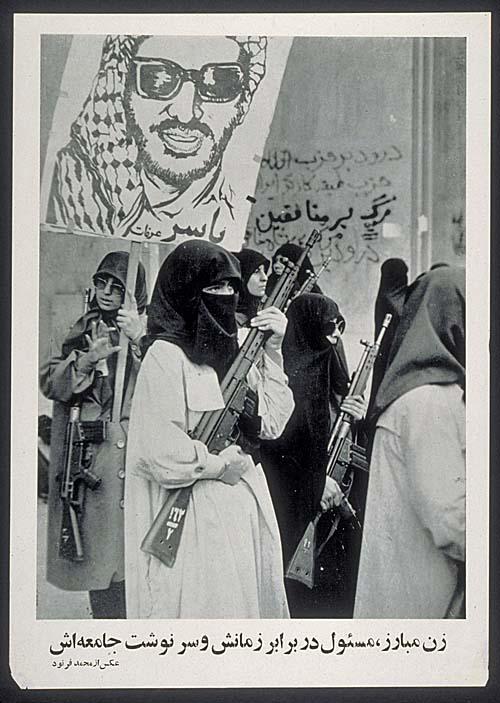
For a brief moment, a spring of freedom appeared. In May 1979, leftist organizations held marches to celebrate International Workers’ Day. Tehran came to host revolutionary leftist groups from around the world.
This included a delegation from the Marxist Sandinista rebels in Nicaragua, who during their visit said that they followed events in Iran closely and saw the revolution as an inspiration for their own.
It seemed as if Tehran might come to resemble 1960s Algiers, a hub of radical internationalist militancy that hosted the Black Panthers among many others.


But it was not to be. By 1980, Islamist actors monopolized Iran’s political scene, repressing not only liberals but also leftists and Communists and obliterating one of the most central demands of the revolution – freedom of speech. The visions of solidarity with Palestine that the Iranian Left had espoused were silenced as these groups were crushed by state repression.
The new Iranian state championed an image of Palestine that focused on Islamic solidarity rather than shared leftist struggle. They also moved away from Fatah, while Arafat backed Saddam Hussein when he invaded Iran in 1980. Despite the state’s monopolization of pro-Palestine discourse in official rhetoric, many grassroots Iranian civil associations have continued to show solidarity with Palestine. In 2009, supporters of the Green Movement rallied against both Iranian and Israeli state repression. Recently, Iranian human rights activist and Nobel prize winner Narges Mohammadi called for a ceasefire in Israel’s war on Gaza from behind bars in Evin prison.
Iran-Palestine solidarity posters from the 1970s reveal how different movements recognized their shared struggles against oppression across borders. They highlight the diversity of Iran’s revolutionary movements, as well as Palestine’s. They also reveal how much armed struggle was central to these groups’ conceptualizations of liberation. These posters show how these movements used art as a medium to rally the masses, drawing on symbols of popular struggle and militancy to incite feelings of solidarity among people separated by borders, regimes, and many miles.
These posters are reproduced here courtesy of the Palestine Poster Project, a visual archive of global solidarity with the Palestinian cause.
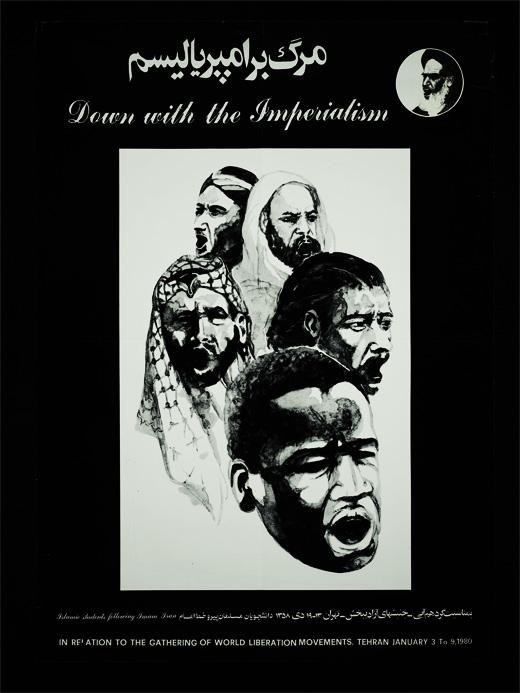
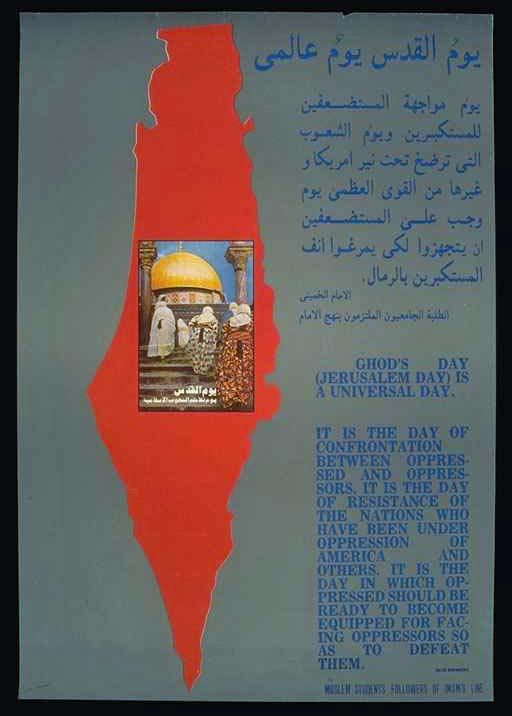

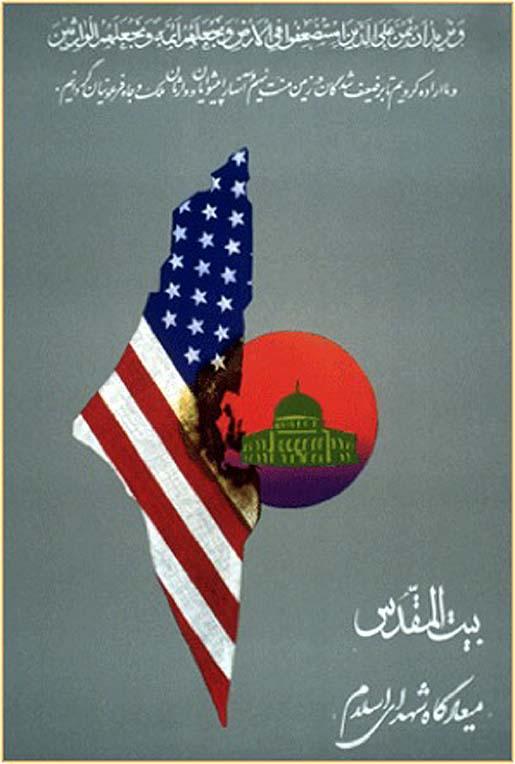
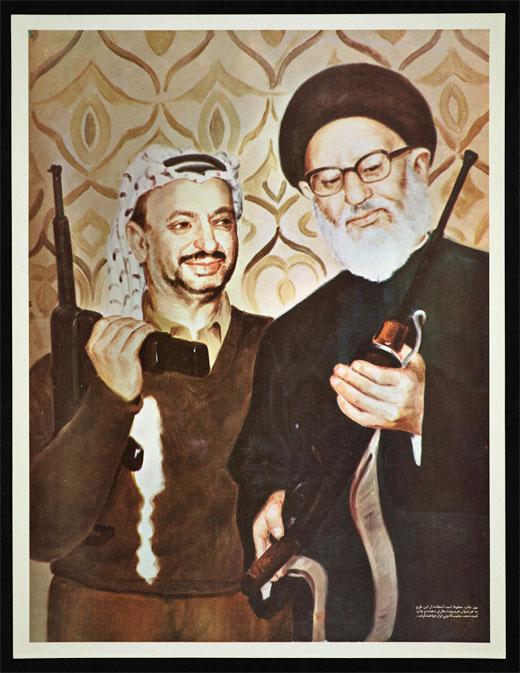


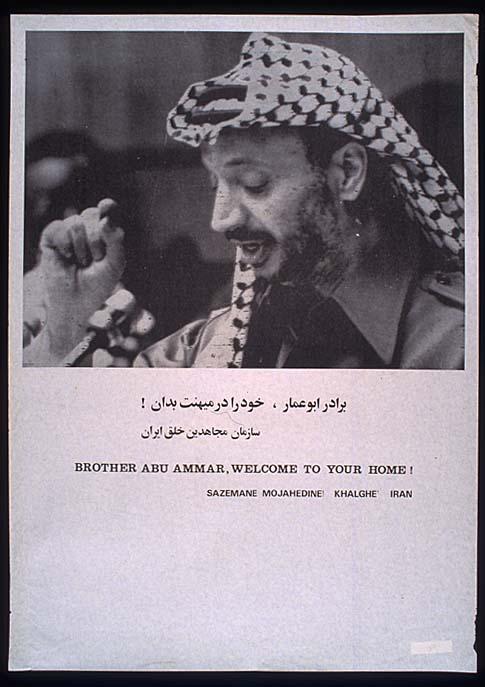

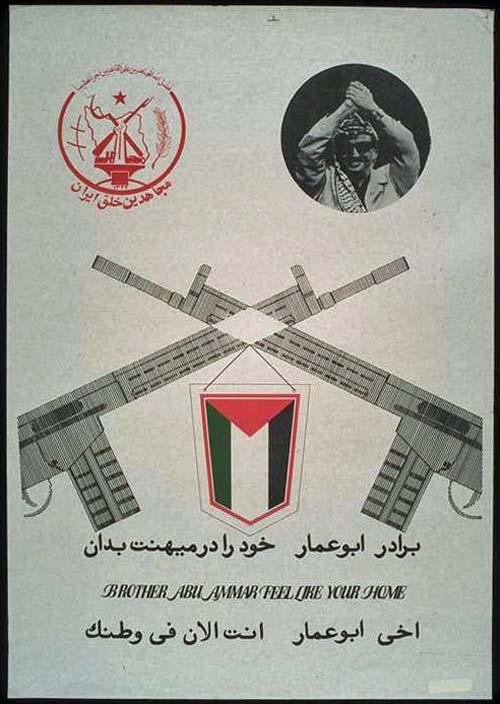

Further Reading:
Rebels with a Cause: The Failure of the Left in Iran by Maziar Behrooz.
Reformers and Revolutionaries in Modern Iran: New Perspectives on the Iranian Left, edited by Stephanie Cronin.
In Search of Lost Causes: Images of the Iranian Revolution by Hamid Dabashi.
The Fate of Third Worldism in the Middle East: Iran, Palestine and Beyond, edited by Rasmus Elling & Sune Haugbolle.
This Flame Within: Iranian Revolutionaries in the United States by Manijeh Moradian.
Call to Arms: Iran’s Marxist Revolutionaries Formation and Evolution of the Fada’is, 1964–1976 by Ali Rahnema.
A Guerrilla Odyssey: Modernization, Secularism, Democracy, and Fadai Period of National Liberation in Iran, 1971-1979 by Peyman Vahabzadeh.


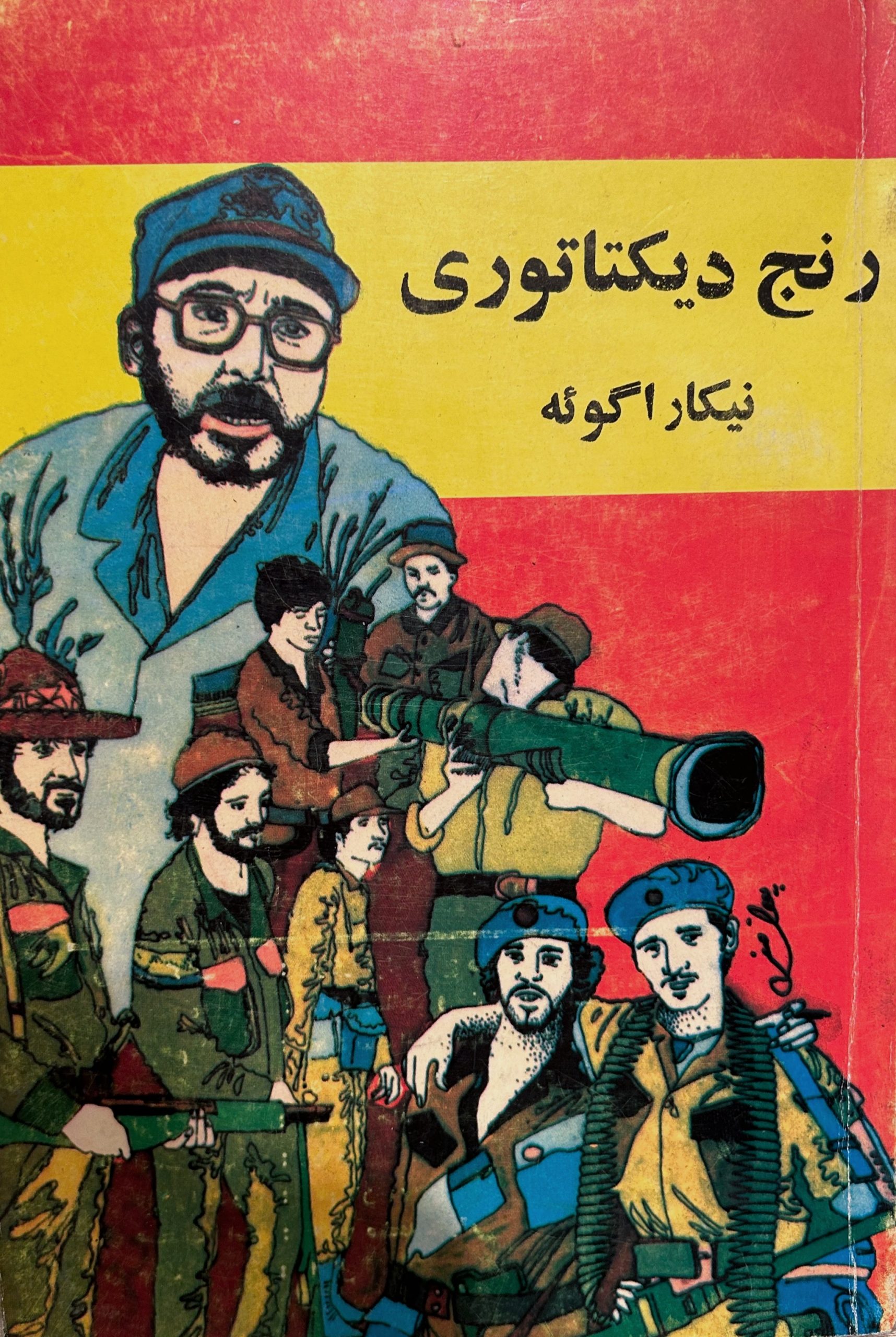
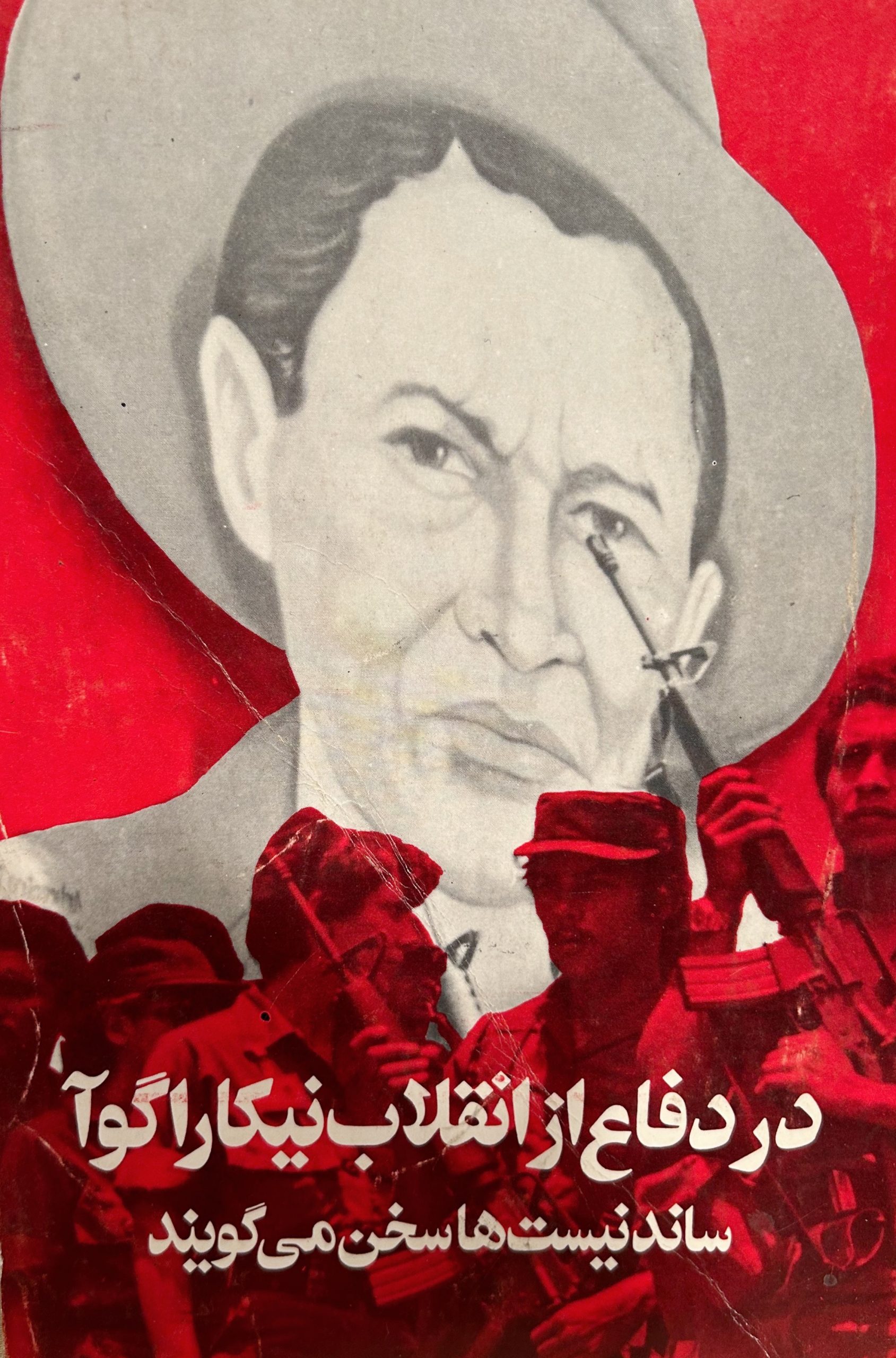









1 comment
Great article!.
The 60’s & 70’s was the high-point of revolutionary movements, and it’s very sad that it’s almost all gone today. State oppression and cynicism are primarily to blame.